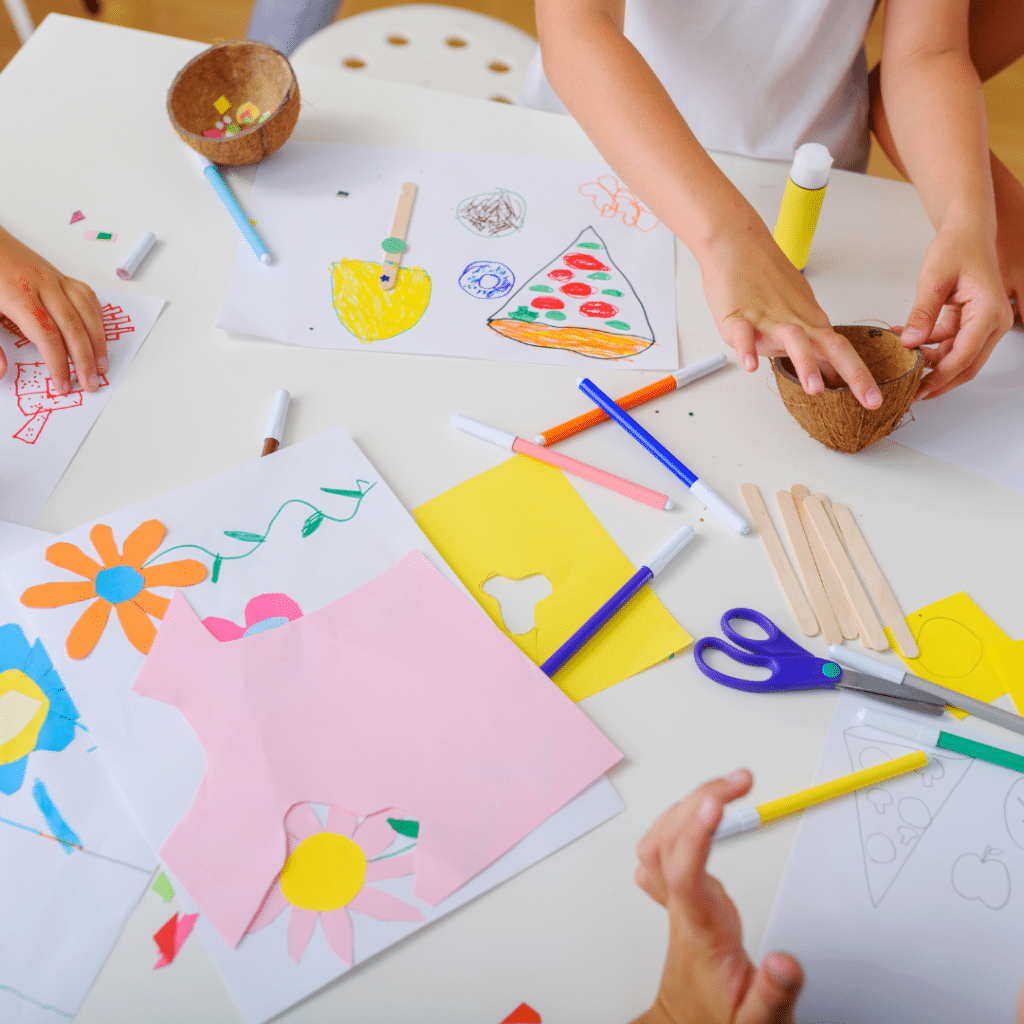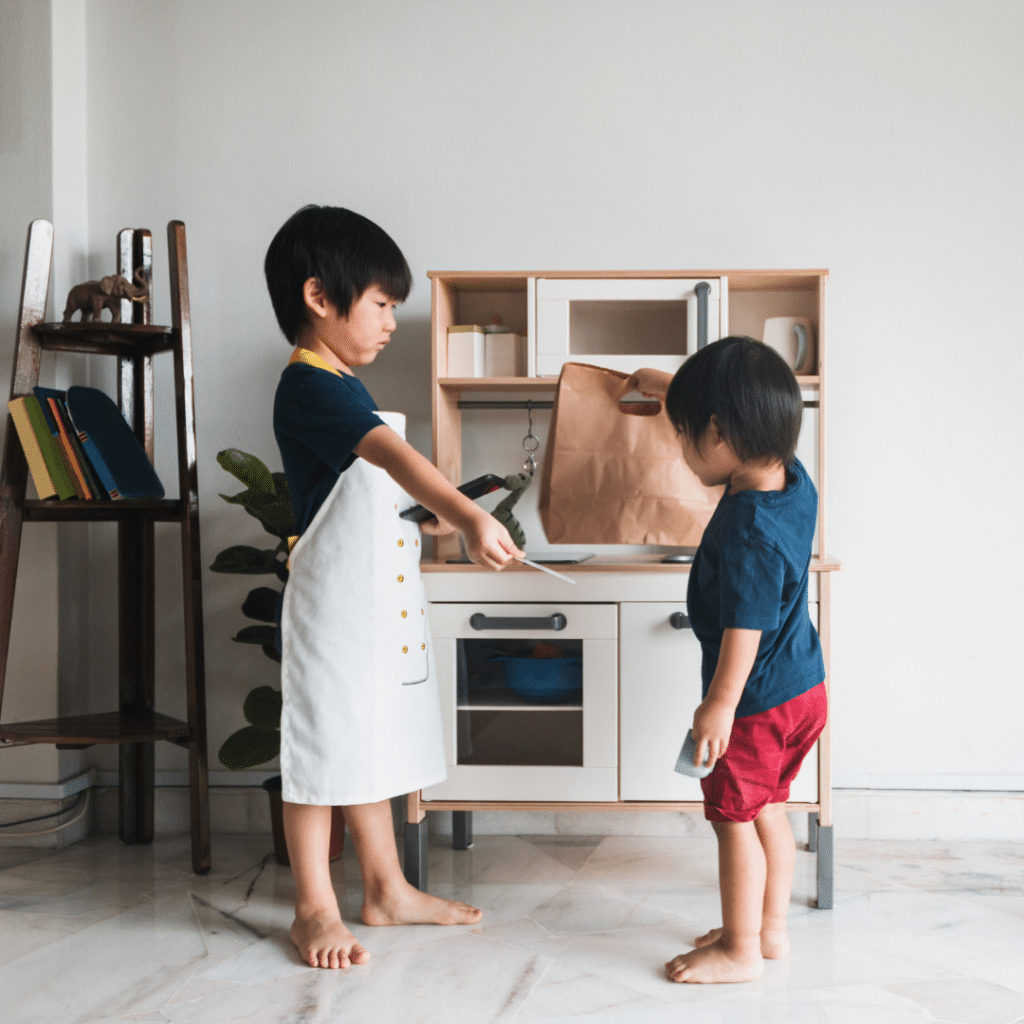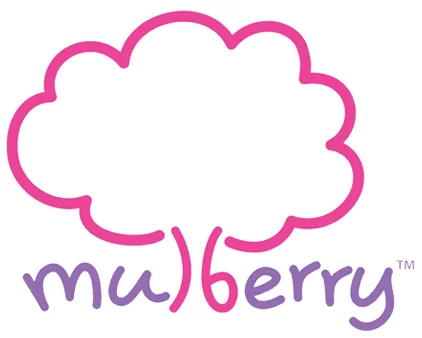4 Ways to Encourage Creativity and Imagination in Preschoolers
4 Ways to Encourage Creativity and Imagination in Preschoolers
Fostering creativity and imagination in preschoolers is crucial for their overall development. Engaging in creative activities not only enhances their cognitive abilities but also supports their emotional and social growth. A variety of fun and engaging activities can be easily incorporated into their daily routines, helping to nurture their child’s creative expression and cognitive development.
As parents, it’s essential to recognise the significance of play and creative exploration in a child’s development. By integrating imaginative activities into daily routines, we not only foster a love for learning but also help our children build crucial skills that will serve them throughout their lives.
The following sections outline a variety of fun, hands-on crafts, imaginative play ideas, and storytelling techniques designed to spark your preschooler’s creativity and imagination. These activities are easy to implement and can be enjoyed by both parents and children, creating meaningful and joyful experiences together.

1. Hands-on Crafts
- – Collage Making: Gather various materials like coloured paper, leaves, fabric scraps, and magazine cutouts. Provide your child with glue and a large sheet of paper to create themed collages, such as those with a flower or food theme. This activity helps develop fine motor skills and encourages imaginative thinking.
- – Playdoh Molding: Use playdoh to mold different shapes and figures. Encourage your child to create animals, characters, or abstract forms. This tactile activity enhances hand-eye coordination and allows children to express their creativity.
- – Painting with Unusual Tools: Introduce painting with sponges, cotton balls, and natural items like leaves and sticks. These tools create different textures and patterns, sparking curiosity and experimentation.

2. Imaginative Play Ideas
- – Fantasy Scenario: Encourage your child to play as superheroes, pirates, or fairytale characters. Provide costumes or simple props like capes and hats. Role-playing helps children explore different identities and scenarios, boosting their imaginative skills.
- – Real-World Roles: Mimic professions like doctors, chefs, or teachers. Set up mini play areas with relevant props, such as a toy kitchen or a doctor’s kit. This type of play enhances social skills and helps children understand the world around them. Through role-playing, children develop problem-solving and cognitive thinking skills and are able to express their creativity in their own unique ways. At Mulberry Learning, one of our Learning Corners, the “Imaginary Playscape” encourages children to explore the world through different perspectives. The learning corner stimulates their imagination and helps to develop their social and language capabilities as they collaborate, cooperate, and communicate with their peers
- – Puppet Making: Use socks, paper bags, or sticks to craft puppets. Let your child design and create their characters. Perform puppet shows together, encouraging your child to invent stories and dialogue. This activity enhances language skills and creativity.
3. Storytelling Techniques
- – Choose-Your-Own-Adventure: Create stories where your child can decide the direction of the plot. Offer choices at critical points in the story, allowing them to influence the outcome. This technique fosters decision-making and imaginative thinking. Example: The Magical Forest Adventure
Narrator (Parent): “One sunny day, Emma and Max found a glowing path in the forest. They followed it until they came to a fork in the road.”
Narrator: “Should they go left, where they hear music, or right, towards a shiny lake? What do you think?”
Child: “Left, to the music!”
Narrator: “Great choice! They found a party with friendly fairies dancing. The fairies gave them a map to a hidden gift.”
Narrator: “Should they stay and dance with the fairies or follow the map to find the gift? What do you think?”
Child: “Find the gift!”
Narrator: “Awesome! Emma and Max followed the map and found a big, old tree with a door. They opened the door and found a box full of toys. They were so happy and thanked the fairies before heading home to show everyone their gift.”
- – Story Starters: Provide the beginning of a story and let your child continue it. This exercise stimulates creativity and encourages children to think on their feet. Example: The Lost Kitten
Narrator (Parent): “One day, Emma found a tiny, lost kitten near her playground. The kitten was very cute but looked scared and hungry. Emma decided to help the kitten. She picked it up and…”
Narrator: “What do you think Emma did next?”
Child: “She gave the kitten some milk!”
Narrator: “Great idea! Emma gave the kitten some milk and it started to purr happily. After drinking the milk, the kitten seemed much happier. Emma then…”
Narrator: “What do you think happened next?”
Child: “She made a nice bed for the kitten!”
Narrator: “Wonderful! Emma made a nice bed with a soft blanket for the kitten. The kitten curled up and fell asleep. Emma watched over the kitten and thought about…”
Narrator: “What do you think Emma thought about next?”
Child: “She thought about finding the kitten’s home!”
Narrator: “Exactly! Emma decided to look for the kitten’s home. She asked her neighbours if they were missing a kitten. After a while, she found a neighbour who was very happy to see the kitten. Emma returned the kitten to its family and felt very proud of herself for helping. The end.”

4. Integrating Creativity into Daily Routines
- – Creative Kitchen: Involve your child in simple cooking or baking activities and teach them about shapes. Use different cookie cutter shapes to shape cookie dough. You can also let them decorate cupcakes with various toppings. This makes eating their own creations enjoyable and encourages creativity.
- – Bath Time Fun: Use waterproof toys and colourful bath paints to make bath time a creative activity. Let your child draw on the tiles with bath crayons or create foam shapes. This turns a daily routine into an imaginative play session.
- – Nature Walks: Collect leaves, stones, and flowers during walks. Use these natural items for art projects, such as leaf rubbings or rock painting. For leaf rubbings, place the leaf under a sheet of paper and gently colour over it with crayons to reveal the leaf’s texture and pattern. For rock painting, wash and dry the stones, then use acrylic paints to create colourful designs or characters.
- This activity connects children with nature, teaches them about different textures and patterns, and inspires creativity through hands-on exploration.
Conclusion
Incorporating these fun activities into daily routines can significantly enhance your child’s creativity and imagination. By providing varied and engaging experiences, parents can help their preschoolers develop essential cognitive, emotional, and social skills.
Mulberry Learning encourages a supportive and inspiring environment at home to nurture your child’s creative potential and set a strong foundation for lifelong learning and problem-solving abilities.
Mulberry School Tour
Our Locations
Click here to visit our Contact Us page and view the preschool/infant care centres conveniently located near you.
CONNECT WITH US
USEFUL LINKS
About Us
Mulberry Learning prides itself on making the preschool experience both memorable and enjoyable while transforming a child into a competent explorer, an imaginative thinker, and a creative problem solver. Through our proprietary award-winning curriculum, unique Habits of Mind programme and dedicated staff who are passionate about imparting positive attitudes, Mulberry Learning holds strong in its promise to deliver a holistic education that nurtures the Future Ready Child.
A PREMIUM PRESCHOOL BRAND UNDER GLOBAL EDUHUB


